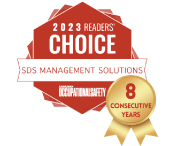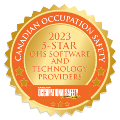Should I Delete MSDSs From My Inventory?
January 24, 2020
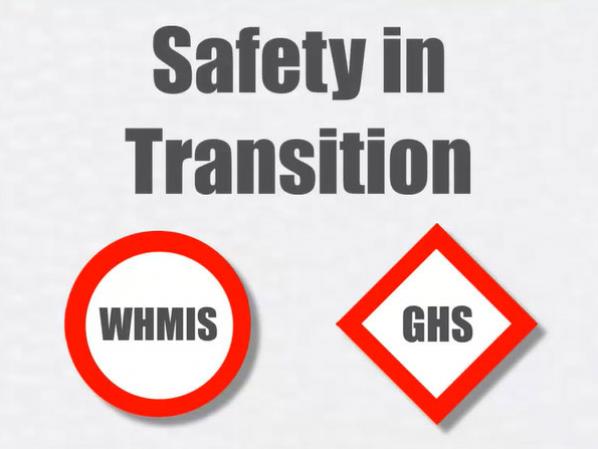
It has been over a year (Dec 1, 2018.) since the transition to WHMIS 2015. If you are an employer, you may still have MSDSs in your SDS library for products around your workplace. What should you do with the MSDS and the product?
5 Steps to WHMIS 2015 Compliance:
- Use sdsBinders SDS management software to confirm MSDSs are still in your SDS library.
- Confirm that the corresponding products are still in use or stored at your worksite.
- Contact the supplier to obtain a new SDS. (sdsBinders does this step for you.)
- If no SDS is available, decide if you will dispose of the product and MSDS.
- If you keep the product, prepare a WHMIS 2015 label for the product container and place it over the WHMIS 1988 label.
1. Identify MSDS documents in your SDS library.
Go through your (M)SDS library and binders to see if there are still MSDSs. To identify an MSDS it will be labelled as a Material Safety Data Sheet. An MSDS has 9 sections whereas an SDS has 16 sections. SDSs have signal words like “Danger” or “Warning”, they also use the red and white GHS diamond pictogram, and include hazard statements, and precautionary statements for each hazard class and category. You can quickly identify MSDSs in sdsBinders by the beside the issue date for the product.
2. Confirm that the products are still in use or stored at your worksite.
Take your list of MSDS and verify that you still have the product on hand. If you do not have or use the product anymore, you can archive the MSDS as it no longer matches your inventory.
You can identify products by their WHMIS 1988 supplier label. Here is an example of a WHMIS 1988 supplier label:
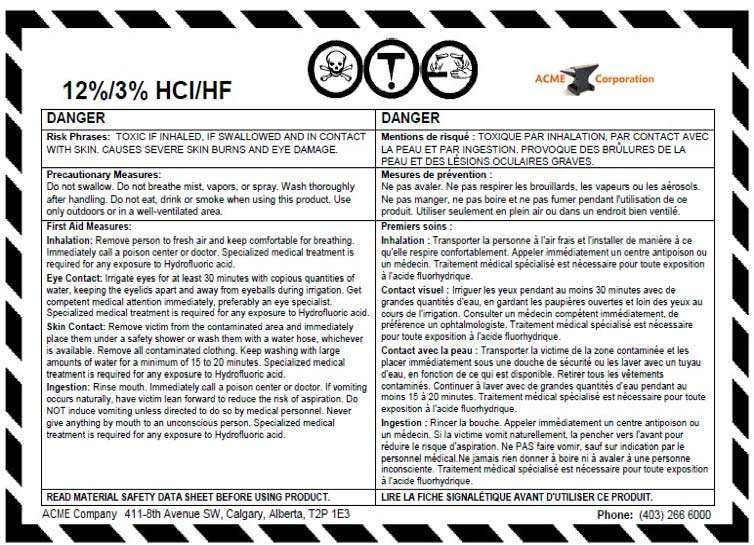
Note that the previous WHMIS 1988 symbols are circular and black and white. A hatched border around the label is another sign of a WHMIS 1988 supplier label.
3. Contact the supplier of the old product to obtain new SDS.
sdsBinders does this service for you, we contact chemical suppliers daily to obtain up to date SDSs for our clients. If you aren’t a Chemscape client, you can call the supplier listed on the supplier label or MSDS to see if they have written an SDS for the product. You will need to confirm with the supplier that the SDS is written based on the formulation of the product you are currently using.
WHMIS legislation states that suppliers must provide WHMIS 2015 Safety Data Sheets and labels only at the time of sale. There are no requirements for the provision of updated safety data sheets or labels to clients who have purchased WHMIS 1988 controlled products in the past. As a good business practice, many suppliers provide SDSs when asked.
4. If no SDS is available you need to think of disposing of the product and MSDS.
If you have made attempts to obtain an SDS from the supplier for the product and an SDS can not be obtained, you will need to decide whether to keep the product or dispose of the product according to local waste disposal regulations.
Why can you not get an SDS for a product? There are many reasons SDSs cannot be obtained: it could be that the product is no longer manufactured and therefore an updated SDS will not be created by the supplier. Another valid reason that a supplier may not have an SDS is that the product is exempt from WHMIS regulations, for example, a pesticide or consumer product. Lastly, some suppliers may not understand or comply with the regulatory requirement to provide WHMIS 2015 labels and SDSs for the hazardous products they supply. In this case, you may decide to dispose of the product and/or if possible, purchase from an alternative supplier who provides WHMIS 2015 SDSs and labels to properly communicate the hazards of their products.
sdsBinders indicates on the issue date the last time a supplier was contacted for an SDS update.
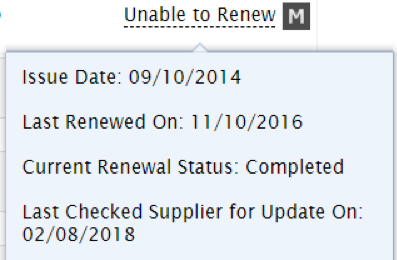
5. Prepare a WHMIS 2015 label for the old product container.
If you decide to keep the product in your inventory, you need to prepare a workplace label for the container with up to date WHMIS 2015 standards. This would include the product name, the supplier name, a signal word of ‘Danger’ or ‘Warning’, GHS pictograms, information on safe handling precautions, and a reference to the SDS. Here is an example of a WHMIS 2015 compliant label in sdsBinders:
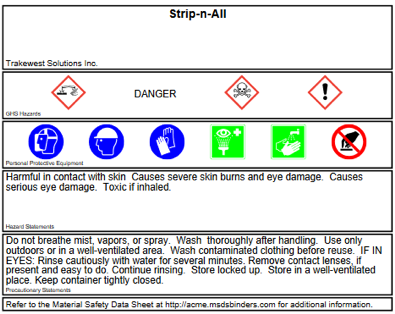
What About WHMIS Exempt Products?
Some products, like pesticides and consumer products, are exempt from WHMIS 2015 as they are regulated under other legislation. Many suppliers of these products have been offering WHMIS 2015 SDSs as client support documents. A comprehensive chemical safety program in the workplace should ensure employees are trained on the hazards of all products they may be exposed to in the workplace no matter if the products fall under WHMIS or not.

